The plans include a dust-collecting cabinet that supports the bandsaw at a working height. The blade guides are hardwood and have the advantage that they'll never dull the blade teeth. The thrust bearing meets the blade with it edge, rather than its face, as typical in commercial bandsaws.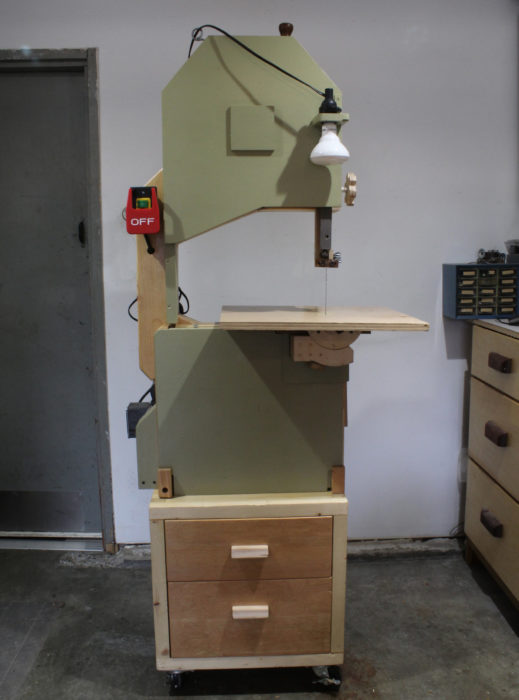 SBM photographs and video
SBM photographs and video
Join The Conversation
We welcome your comments about this article. To include a photo with your remarks, click Choose File below the Comment box.



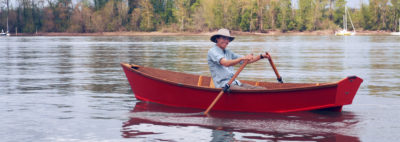

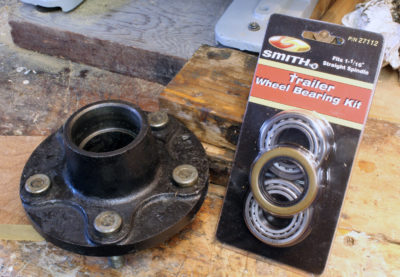

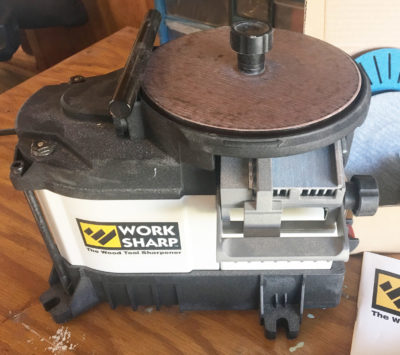


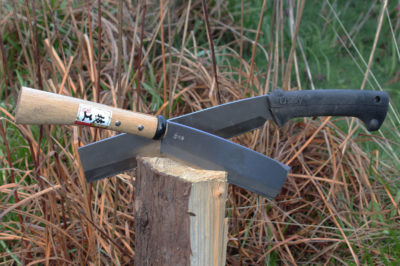
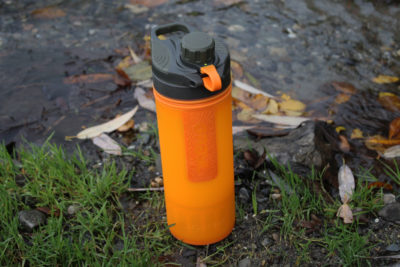
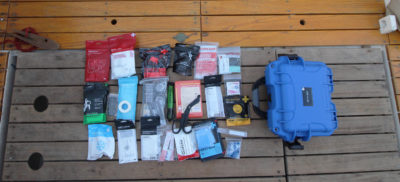
Very interesting. I have a 14″ bandsaw, but when I downsize, I’d like to get a small one. Ryobi used to make one, about 6″ or 7″ for making models. That would be ideal for me, if I can’t find one second hand. This saw above could possibly be downsized to what I’d like.
Years ago, “Gil Bilt” tools were made from kits produced by Gilliam Co. They used to advertise in “Popular Mechanics” and other magazines. They provided cast aluminum components, such as blade guides, trunnions, arbors, etc, and of course building plans. They offered parts for a tilting arbor table saw, a shaper, and a belt sander. Maybe others, too. I built their 18″ bandsaw, and made the frame stiffer by making the stem a 4 sided box instead of a 3 sided channel. It worked pretty well, but was limited by its somewhat flexible frame to light duty work. It had a height capacity of 12″, I believe. There was a 12″ model also, which my dad built.
Needing to cut some plate bronze, I rigged up a jack shaft and pulley system to reduce blade speed. With a bimetal, variable pitch blade I was able to cut not only the bronze, but mild steel and even stainless. I also cut aluminum, but don’t like using the fine tooth blade on it because it clogs too easily. Spritzing the blade with WD 40 helps keep the blade clean and lubricates the cut. I have since dedicated a 14″ Grizzley bandsaw to metal cutting, and use it very often. With a 1/4″ blade, it will cut intricate shapes. It will cut wood also, but very slowly.
I eventually sold the 18″ Gil Bilt.
I haven’t built any of Wandel’s tools, but he has intriguing designs. If I needed a 12″ jointer, I’d follow his idea of cannibalizing a 12″ or 13″ lunchbox planer for the working parts.
I already have a band saw, so I built the finger-joint jig. Mostly I use it for building my bee-hive boxes which have 3/4″ finger joints. With Matthias’ jig I can run 4 boards at a time, so in two passes I’m done. I can make those 3/4″ fingers in one cut with a dado blade or take longer and stress my saw less with a standard table saw blade. So there’s a lot of flexibility there. I have yet to find a reason to build Matthias’ Pantorouter, but I may some day.